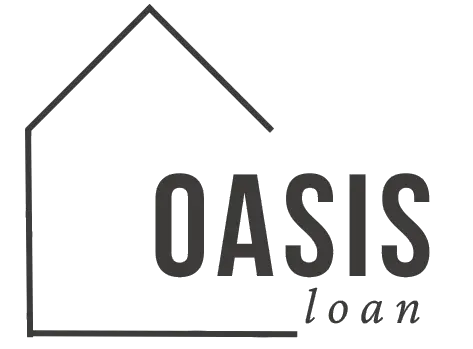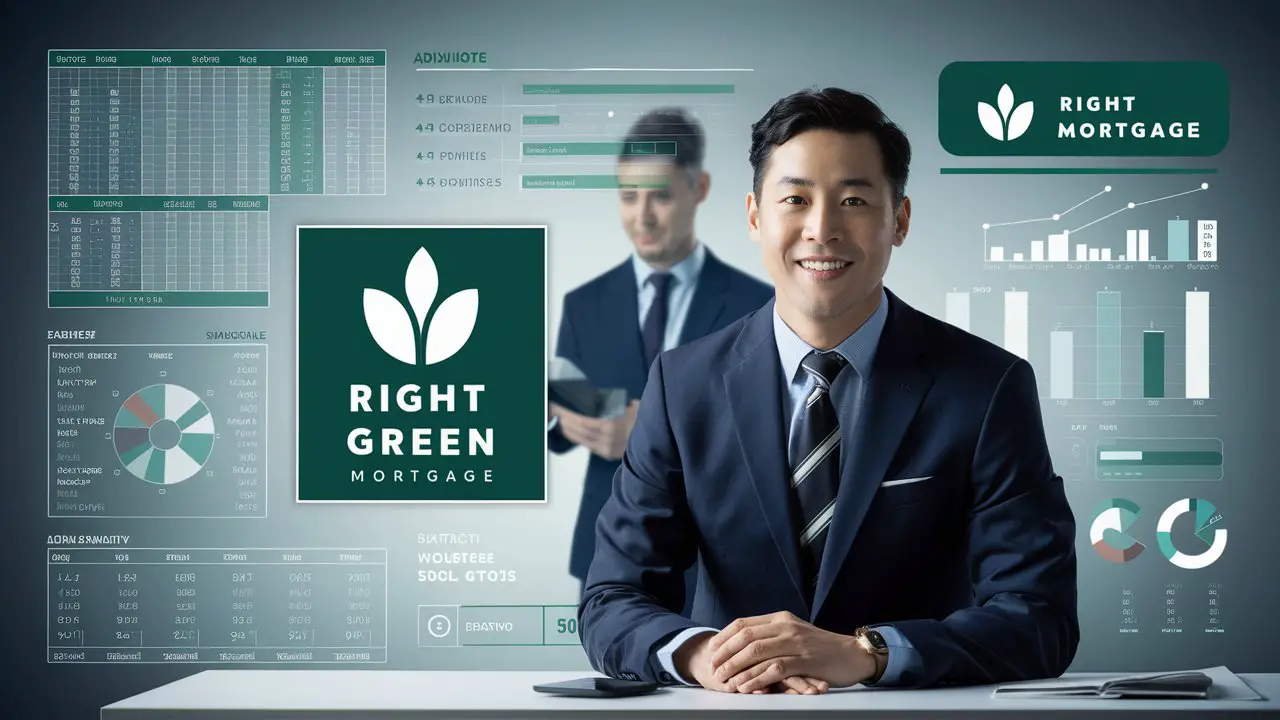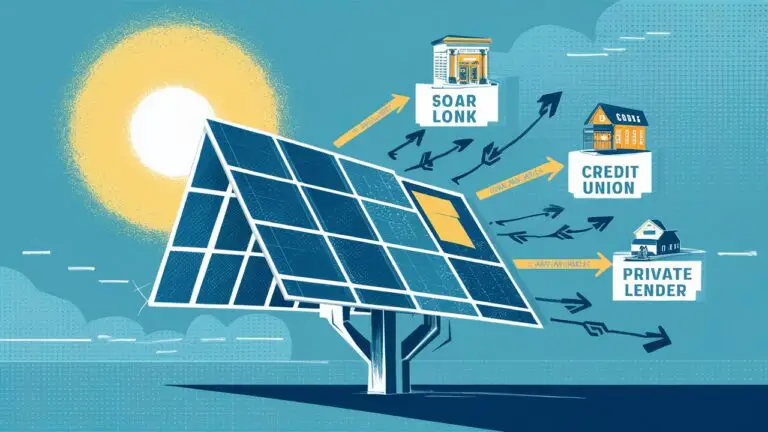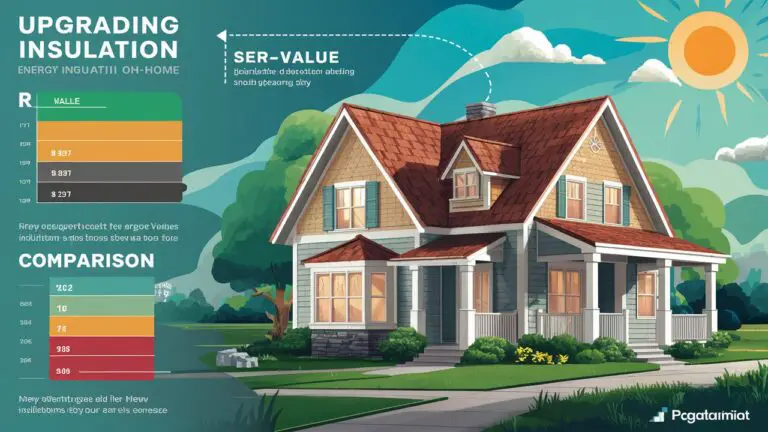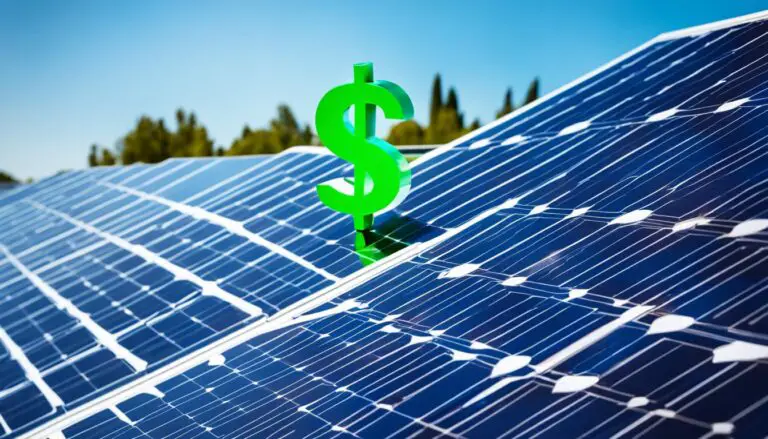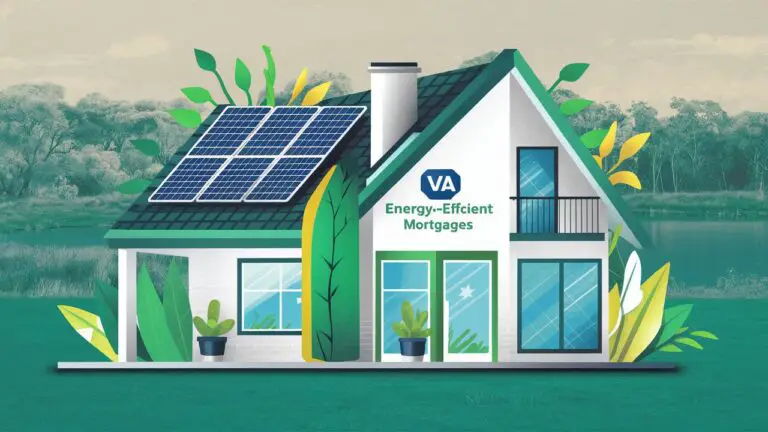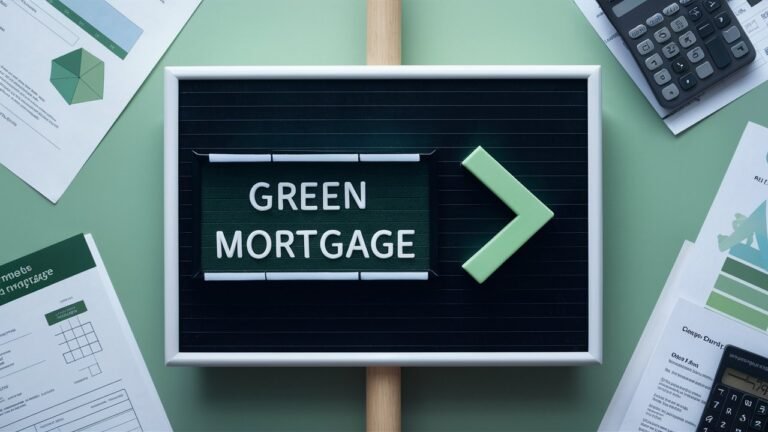What is a Green Mortgage?
Green mortgages are gaining popularity as more homeowners seek to reduce their carbon footprint and save on energy costs. But what exactly is a green mortgage, and how can it benefit you? This article will delve into the essentials of green mortgages, explaining how they work, the different types available, and how they can support your eco-friendly home improvements.
Understanding Green Mortgages
What is a Green Mortgage?
A green mortgage sometimes called an energy-efficient mortgage (EEM), is a type of loan specifically designed to help homeowners make environmentally-friendly improvements to their homes. These improvements often include installing energy-saving features like solar panels, energy-efficient windows, and insulation. The unique aspect of a green mortgage is that it takes into account the potential savings on utility bills due to these upgrades, allowing borrowers to qualify for larger loans or better terms.
How Does a Green Mortgage Work?
Green mortgages work similarly to conventional mortgages but with a few key differences. When you apply for a green mortgage, lenders consider the expected energy savings from your planned improvements. For instance, if you are planning to install solar panels, the lender might approve a higher loan amount because the reduced energy costs will increase your ability to repay the loan.
Additionally, some green mortgages come with discounted interest rates or other incentives for making eco-friendly choices. These benefits make green mortgages an attractive option for those interested in green home improvement loans.
Types of Green Mortgages
Green mortgages come in various forms, each catering to different needs:
- Energy-Efficient Mortgage (EEM): This type of mortgage allows you to finance energy-saving improvements with the costs rolled into your primary mortgage.
- FHA 203(k) Loan: Offered by the Federal Housing Administration (FHA), this loan lets you finance the purchase of a home and the cost of energy-efficient improvements.
- VA Energy-Efficient Mortgage: Available to veterans, this loan helps finance the installation of energy-efficient upgrades in conjunction with a VA loan.
Each of these options has specific requirements and benefits, so it’s essential to choose the one that best fits your situation.
The Benefits of a Green Mortgage
Lower Utility Bills
One of the primary benefits of a green mortgage is the potential for significant savings on utility bills. By making energy-efficient improvements, such as adding insulation or installing energy-efficient appliances, you can reduce your home’s energy consumption. Over time, these savings can add up, offsetting the initial cost of the upgrades.
Increased Home Value
Another advantage of green mortgages is that they can lead to an increase in your home’s value. Homes with energy-efficient features are often more attractive to buyers, as they promise lower energy costs. Additionally, with the growing awareness of environmental issues, homes that are more sustainable tend to stand out in the market.
Potential Tax Incentives
In many regions, there are tax incentives or rebates available for homeowners who invest in energy-efficient improvements. These incentives can reduce the overall cost of your upgrades, making a green mortgage even more affordable. It’s important to research the incentives available in your area, as they can vary significantly depending on your location.
Environmental Impact
Choosing a green mortgage also allows you to contribute to environmental sustainability. By reducing your home’s energy consumption, you’re lowering your carbon footprint and helping combat climate change. This benefit aligns with the goals of many eco-conscious homeowners who want to make a positive impact on the planet.
How to Qualify for a Green Mortgage
Assess Your Eligibility
Qualifying for a green mortgage typically requires meeting standard mortgage criteria, such as a good credit score and a stable income. However, you’ll also need to demonstrate that your planned improvements will lead to significant energy savings. This might involve getting an energy audit or working with a contractor who specializes in green renovations.
Choose the Right Lender
Not all lenders offer green mortgages, so it’s important to choose a lender experienced in this area. Look for lenders who understand the benefits of energy-efficient upgrades and are willing to offer favorable terms. Researching and comparing lenders can help you find the best deal for your situation.
Plan Your Green Improvements
To get the most out of a green mortgage, you’ll need to carefully plan your improvements. Focus on upgrades that offer the highest return on investment, such as installing solar panels, upgrading insulation, or replacing old windows with energy-efficient alternatives. These improvements not only reduce energy consumption but also increase your home’s value.
Common Uses for Green Mortgages
Loans for Solar Panels
One of the most popular uses for green mortgages is financing loans for solar panels. Solar panels are an excellent investment for reducing your energy bills and decreasing your reliance on non-renewable energy sources. With a green mortgage, you can spread the cost of installing solar panels over the life of your loan, making it more affordable.
Green Home Improvement Loans
Green mortgages are also ideal for those looking to fund green home improvement loans. Whether you’re upgrading your heating and cooling system, adding insulation, or replacing windows, a green mortgage can cover the costs. By incorporating these improvements, you’ll enhance your home’s energy efficiency and reduce your environmental impact.
Energy-Efficient Appliances and Systems
Another common use for green mortgages is the purchase of energy-efficient appliances and systems. This can include anything from a high-efficiency furnace to a smart thermostat. By investing in these technologies, you’ll reduce your home’s energy consumption and save money in the long run.
Challenges and Considerations
Upfront Costs
While green mortgages offer numerous benefits, it’s important to consider the upfront costs of the improvements. Energy-efficient upgrades can be expensive, and even with a green mortgage, you may need to cover some costs out of pocket. However, the long-term savings on utility bills can offset these initial expenses.
Finding Qualified Contractors
Another challenge is finding qualified contractors who specialize in energy-efficient improvements. Not all contractors are experienced in installing solar panels or other green technologies, so it’s crucial to choose a reputable professional. Researching contractors and checking references can help ensure your project is completed to the highest standards.
Appraisal and Resale Value
Finally, it’s essential to consider how a green mortgage might impact your home’s appraisal and resale value. While energy-efficient upgrades often increase a home’s value, the market can vary depending on location. Some buyers may prioritize green features, while others may not. It’s a good idea to consult with a real estate professional to understand how your improvements might affect your home’s value.
Conclusion
Green mortgages offer an excellent opportunity for homeowners to make energy-efficient improvements while also enjoying financial benefits. From lower utility bills to increased home value, the advantages are clear. Whether you’re interested in loans for solar panels or other green home improvement loans, a green mortgage can help you achieve your goals while also contributing to a more sustainable future.
